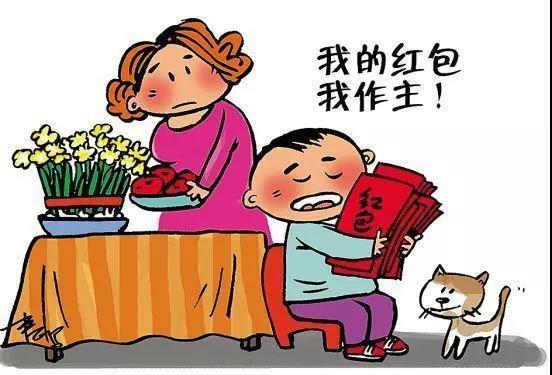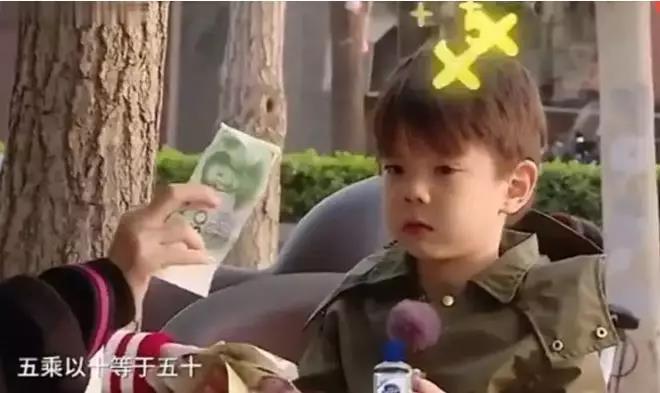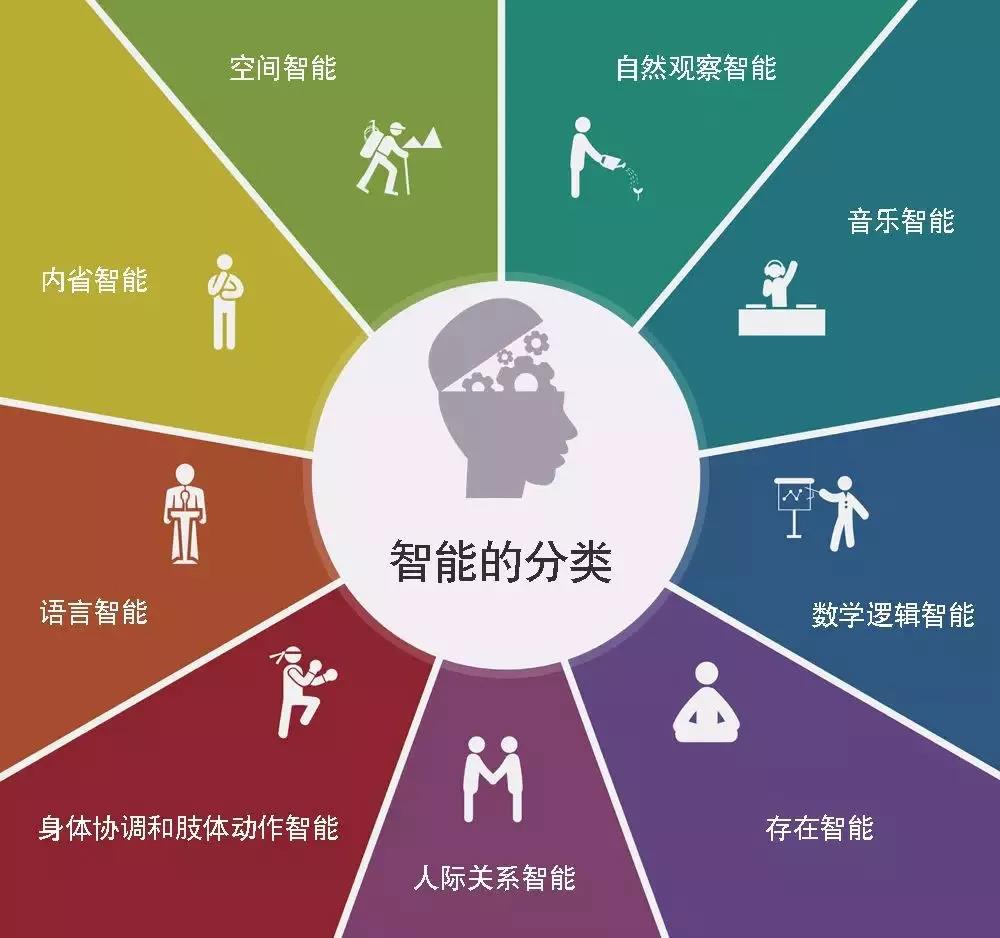- 艾毅幼儿园北京校区

- 北京 朝阳区
- 文章来源:培优国际选学网
- 2020-04-03 12:31:42
在刚刚过去的春节中,很多小朋友是不是和家人一起吃美食、赏美景,还得到了长辈护佑平安给的“红包”呢?关于“红包”怎么管理和应用,仿佛又成了家长圈的新问题。面对这个问题,艾毅国际幼儿园的老师们也从孩子对于金钱的概念来逐一解答。

羞于谈钱危害大,正确方法很重要
很多家长都会担心,过早和孩子谈钱,会让孩子变成金钱的奴隶,变成“拜金族”,那是因为孩子不懂金钱的本质,也有的家长明明意识到培养孩子金钱观念的重要性,但苦于不知道怎么开口“谈钱”。
曾经热播的亲子节目《妈妈是超人》,霍思燕很好地演绎了给孩子谈钱的正确方式。

在一次节目中,霍思燕让5岁的嗯哼去买一杯咖啡,孩子在下单后看到柜台上的饼干伸手就拿,并没有意识到需要用金钱购买,在捧着咖啡回去的时候,妈妈询问下孩子都没有意识到饼干和付钱是有关系的。

随后,霍思燕借机会给孩子上了一节金钱的启蒙课,教嗯哼辨别不同纸币的面额,并做简单的加减换算。

不难看出,霍思燕在发现儿子对钱完全没有概念的情况下,及时地做了三件事:
第一,给孩子灌输了“价值”的概念:有价值的东西,需要付钱来购买,不能白拿。
第二,教孩子认识不同的货币面值,让孩子掌握最基本的货币概念。
第三,不苛责,不逃避,大胆谈“钱”,并教给孩子最简单的方式:如果不懂得怎么算钱,不要一下子给别人一百块,别人收了钱要问一问:有钱找吗?
从霍思燕教育嗯哼的案例中,我们可以发现:对孩子进行正确的金钱教育,并非难以启齿。
多元智能理论中的财商教育
在多元智能幼儿园里,老师会和孩子们讨论“钱是什么?”来自不同国家的小朋友会把自己对金钱的理解,他们会在纸上画上自己国家的货币,在货币的基础上进行更深层次的尝试和探索。
在艾毅的幼儿园里,我们尝试用加德纳博士的多元智能理论来解决问题。

在老师的带领下,孩子们把现实中的货币延伸到了游戏中。在多元智能幼儿园的教室中,每个教室都分为7-9个学习区角,小朋友们根据自己的喜好进行选择,并且进行游戏,他们可以设定货币的面额和图案,可以制定游戏规则,他们自己设定做什么事情可以挣“钱”,然后怎么去“花这个钱”。
比如孩子们自己设定,整理教室收拾玩具,帮助别人,遵守班级规则什么的这些可以挣钱。想要玩某些比较抢手的玩具,或者做有意思的事情是需要用钱的,比如喂小乌龟,玩电磁玩具等等。
多元智能学校的老师们深刻理解孩子们的成长需要,尊重孩子,珍视孩子的想法,支持孩子们把感兴趣的话题不断延展。观察是多元智能教学的核心,基于对孩子兴趣的观察,给孩子们所需要的支持,才能形成这样的课程活动。
反过来,在这样的系列活动中,孩子的各种智能也都得到了很好的发展。对自身的约束、对金钱的管理都是多元智能理论中非常重要的自我认知智能的体现,而面对面额、计算则是数学逻辑智能的展示,在进行货币交易的过程中,则更多地展现了社交智能等多方面的能力。
所以说,面对“红包”的处理策略,不是简单的存起来还是做计划这么简单,也是让孩子正确理解金钱的宝贵的机会。孩子们学会珍惜和运用金钱,通过大方地谈论金钱,把它当做正常的事物来对待,用简单易懂的方式解释赚钱的不易,让孩子学会感恩。不过分沉迷于金钱,是每个家庭都渴望收获的结果。
Being reluctant to talk about “money”can actually do more damage than good.
Most parents are afraid that teaching their children about money too early may make them addicted to money, become a slave or a “money worshiper”, because children may have difficulty understanding what money really is. In addition, many parents recognize that it is important to teach children to have a proper perspective towards money, but they don’t know how to start talking about it.
In Super Mom, a once popular TV program about parent-child relationship, a character called Huo Siyan made a perfect example of how to talk with children about money.
In one episode, Huo Siyan told her five-year-old son En Heng to buy a cup of coffee. After En Heng made an order, he saw some cookies on the counter and reached out and took some without realizing that he also had to pay for the cookies. When he took the coffee back to his mom, Huo Siyan asked him and found that En Heng didn’t know that he had to pay for the cookies before he could take them.
Therefore, Huo Siyan gave her son his first lesson about money. She also taught him how to differentiate paper money of different denominations and how to do simple addition and subtraction.
In short, Huo Siyan was able to accomplish three things in one go when she discovered her son was unaware of the definition of money:
First, she told him what “value” is: things of value should be bought with money.
Second, she taught her son to identify paper money of different denominations to understand the basic concept of currency.
Third, she didn’t blame her son or avoid such problem, but was open-minded enough to talk about money and teach her child the simplest way to handle money. If you don’t know how to count money, don’t just give a hundred yuan, and you should ask “Is there any change?” when the money is taken.
Huo Siyan showed us that it is not that difficult to start talking and providing children proper education about money.
Financial quotient in
Multiple Intelligences (MI) Theory
In our classes, teachers discuss with their students “what is money?” Children from across the globe would share their own understanding, draw the currencies of their countries on paper, and even dig deeper into the definition of currency.
At Ivy Schools, we practice Howard Gardner’s famed Multiple Intelligences Theory.
In addition, teachers bring currency education into their games. At Ivy Schools, each classroom is separated into seven to nine study corners. Students can choose the one they like and play games together. They can choose the denomination and design of the currency, and make rules of the game, so that they can “earn” and “spend money” according to their own rules. For example, kids can make rules that they can earn money by cleaning up the classroom, helping other people and following the class rules. They can also “spend” money on interesting things like feeding the tortoise or on popular toys like electromagnetic toys.
Backed by their in-depth understanding on children’s growth, teachers at Ivy Schools also respect and value children’s own ideas, and support them to explore topics that intrigue them.
Observation is the core of MI education, so we set up educational activities by observing children’s interests and giving them the support they need. Childern, in turn, will have a chance to develop their intelligence. Self-discipline and financial management are the reflection of “intrapersonal intelligence” in the MI theory. And mathematical logic in the face of denomination and calculation during monetary transaction show capabilities of “interpersonal intelligence”.
In summary, the proper way to handle “red envelope” is not just about saving it or making expense plans. It can also be an opportunity to help children truly understand what is money. Children can learn to value it, and understand how money works. By talking about money openly, treating it as something normal but important, showing how hard it is to earn, and making it simple to understand, we can help our children truly appreciate but not become obsessed with money, which is something that every family aspires to do.




